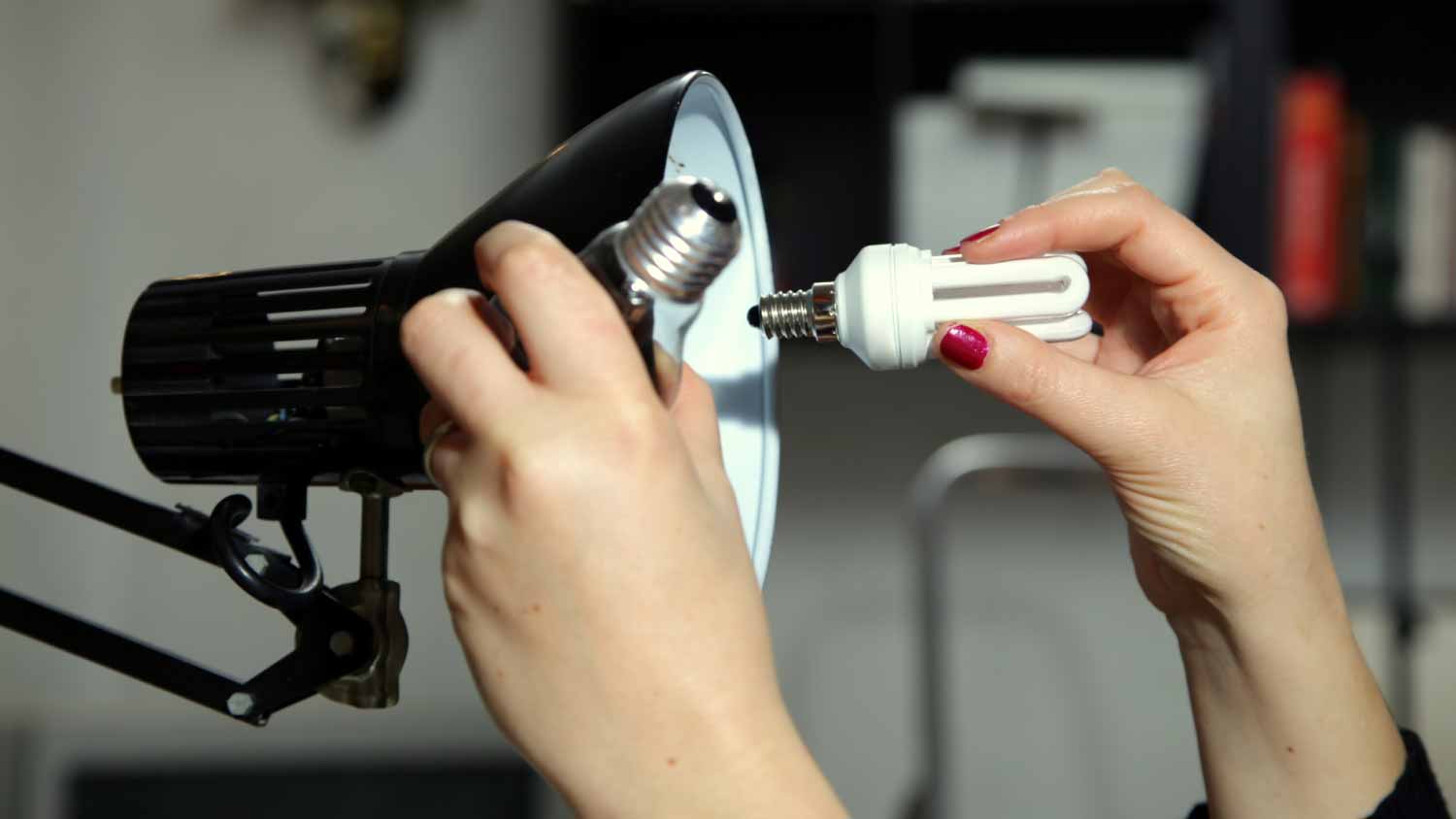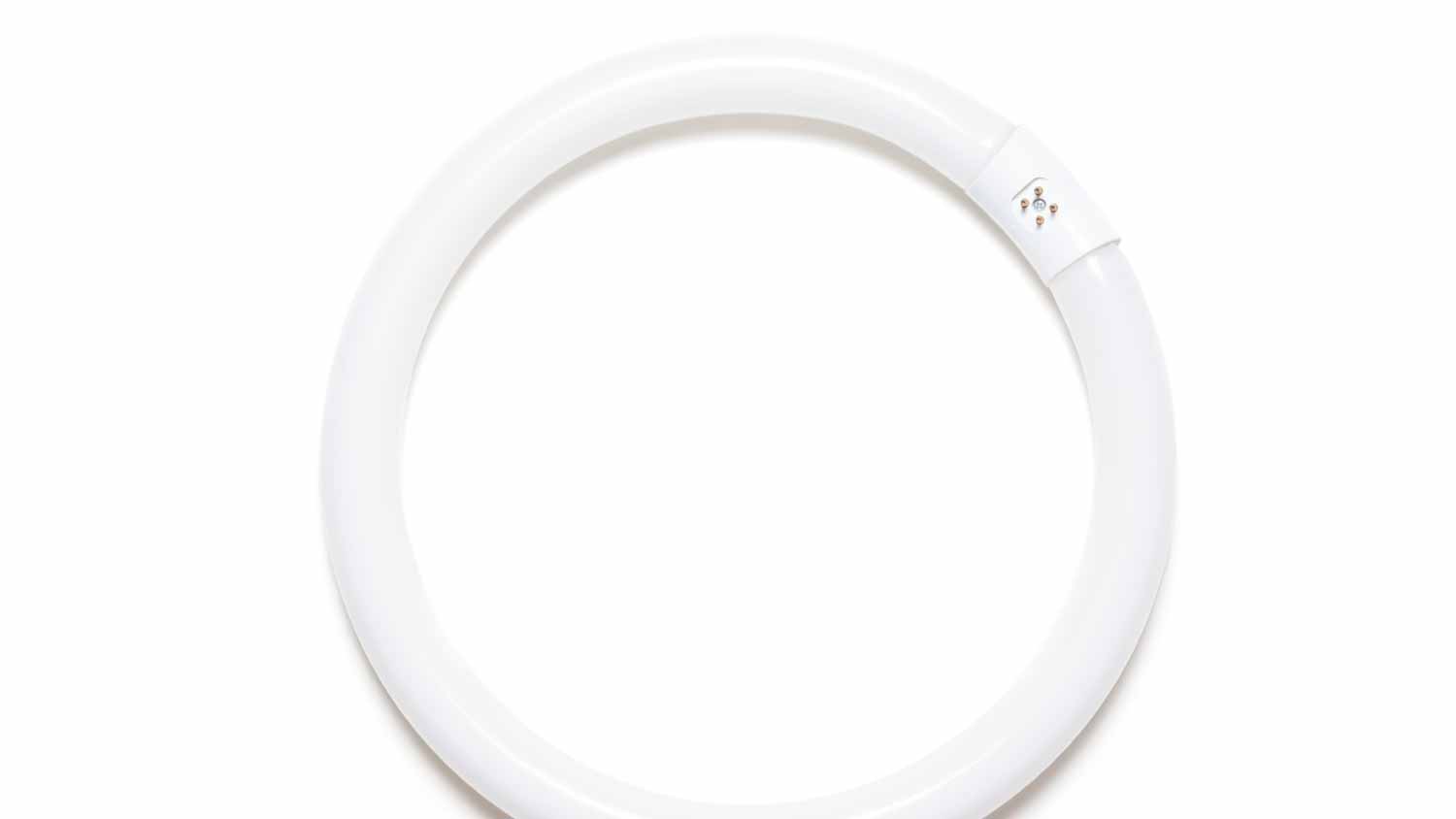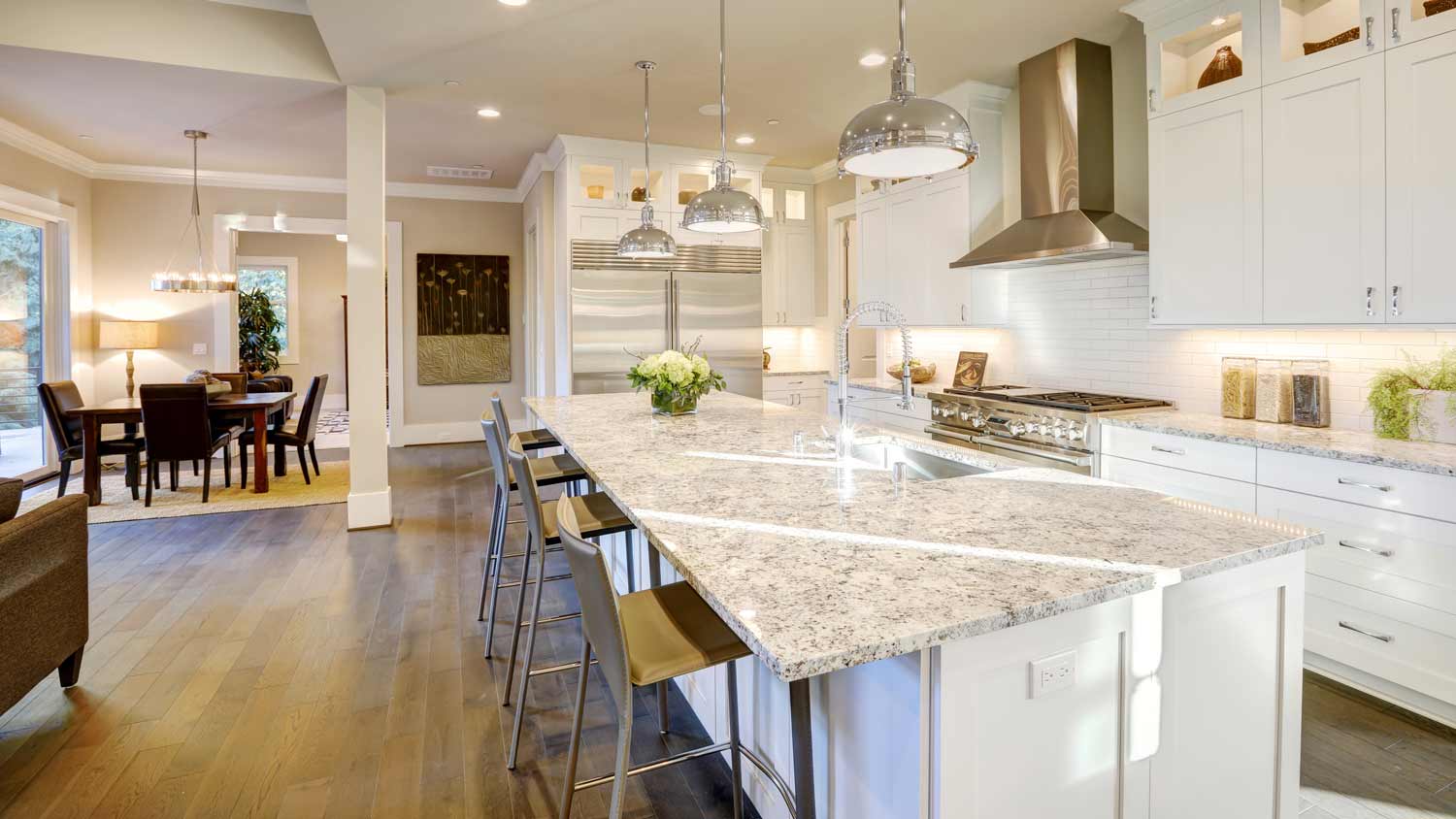
Light fixtures are important elements in any home. Find out how much it costs to install a light fixture based on factors like type, location, and labor.
We’re shedding some light on your bulb options


Picking the perfect fluorescent light bulb might sound dull (pun intended), but trust us when we say the right choice can be a game-changer. Understanding the different types is like holding the key to a well-lit kingdom. Each fluorescent bulb has its own quirks, from twisty compact fluorescents (CFLs) to the classic linear tubes. With this guide, you can choose a bulb that lights up your space like never before.
Linear tubes are a staple in lighting, known for their versatility and efficiency. The average cost of linear tubes can vary based on brand, length, and technology.
Standard fluorescent linear tubes are more budget-friendly, ranging from $2 to $10 per tube. However, newer and more energy-efficient options like LED tubes may cost $5 to $20 per tube. But linear tubes' long lifespans and energy efficiency often result in cost savings over time.
| Pros | Cons |
|---|---|
| Long lifespan | Tube length limitations |
| Energy efficient | Initial cost is higher |
| Even and uniform lighting | Dimming options are limited |
| Low maintenance | Mercury content |
Best For: General illumination in settings such as commercial industrial environments

Compact fluorescent light bulbs (CFLs) have emerged as a popular lighting choice, striking a balance between energy efficiency and affordability. CFLs are generally budget-friendly, with prices ranging from $2 to $10 per bulb. While they have a slightly higher upfront cost than incandescent bulbs, CFLs offer substantial energy savings and a longer lifespan.
| Pros | |
|---|---|
| Energy efficient | Mercury content |
| Cost effective | Limited dimming capability |
| Long lifespan | Slow warm-up time |
| Wide availability | Sensitivity to on/off cycling |
| Versatile applications | Color rendering less preferred |
Best For: Spaces where energy efficiency, long-lasting illumination, and versatility are essential, like residential and office settings

High-output T5 tubes bring a robust lighting solution to industrial and task-oriented environments, combining efficiency with powerful illumination. While their upfront cost may be higher, their extended lifespan and energy efficiency contribute to long-term savings. High-output T5 tubes typically range from $5 to $20 per tube.
| Pros | Cons |
|---|---|
| Energy efficient | High initial cost |
| High light output | Limited color options |
| Long lifespan | Specific fixtures required |
| Suitable for industrial environments | Sensitivity to voltage fluctuations |
| Ideal for task lighting | Potential glare |
Best For: Industrial environments and task-oriented spaces that need a lot of light

Circline bulbs, with their distinctive circular shape, offer a unique lighting solution that finds its place in both functional and decorative settings. They typically range from $5 to $15 per bulb.
While they may have a slightly higher upfront cost than traditional bulbs, their longevity and versatility make them a cost-effective choice for areas where distinctive and evenly distributed lighting is desired.
| Pros | Cons |
|---|---|
| Versatile applications | Limited availability |
| Different color temperatures | May require specific fixtures |
| Long lifespan | Less energy efficient |
| Suitable for decorative fixtures | Limited dimming options |
| Uniform and distinctive lighting | Larger fixture sizes may be required |
Best For: Spaces that need uniform lighting or bulbs for decorative fixtures
Most fluorescent bulbs have long lifespans as mentioned above, but they do vary across types. Linear tubes boast long-lasting reliability for up to 20,000 hours, while compact fluorescents (CFLs) typically shine for 8,000 to 12,000 hours. Understanding more about these lifespans is vital for selecting a lighting solution that offers both durability and practicality for your diverse needs.
| Fluorescent Bulb Type | Lifespan (Hours) |
|---|---|
| Linear tubes | Up to 20,000 |
| Compact fluorescents (CFLs) | 8,000 – 12,000 |
| High-output T5 tubes | Around 30,000 |
| Circline bulbs | 10,000 – 15,000 |
Fluorescent light bulb fixtures play a pivotal role in harnessing the full potential of these energy-efficient bulbs. From sleek linear tubes adorning office ceilings to the decorative allure of circline bulbs that enhance living spaces, the fixtures not only provide structural support but also influence the dispersion of light.
Task-oriented settings benefit from specialized fixtures designed for high-output T5 tubes, ensuring high visibility. Fixtures that match their bulbs not only enhance the aesthetics but also maximize the functionality of fluorescent light bulbs, contributing to a well-lit environment.
No matter which bulb and fixture you choose, it’s always best to find a light fixture installation expert near you for the very best finished product.
Color temperature in lighting is another aspect that influences the ambiance of a space. Measured in kelvin (K), color temperature dictates whether the light appears warm, cool, or neutral.
Lower kelvin values, around 2,700K, emit warm tones resembling candlelight, creating a cozy atmosphere in residential areas. Meanwhile, higher temperatures, like 5,000 K, produce cooler, bluish hues, suitable for task-oriented spaces like offices.
Finding the right fluorescent light bulbs is like picking the perfect puzzle piece for your space. It's not just about brightness, either—the maintenance, lifespan, and cost can all affect your choice and your space.
When choosing between the nuances of linear tubes, CFLs, high-output T5 tubes, and circline bulbs, think about the atmosphere that suits your style and needs. Balance each bulb’s factors against your needs and make a choice that brightens up your world in more ways than one.
From average costs to expert advice, get all the answers you need to get your job done.

Light fixtures are important elements in any home. Find out how much it costs to install a light fixture based on factors like type, location, and labor.

Get transparent light fixture repair cost info. Learn what impacts price, compare repair vs. replacement, and find ways to save.

Discover the average wall sconce installation cost, key price factors, and ways to save on your lighting project. Get transparent, expert-backed cost info.

Learn how much a light costs a year, so you can learn how to calculate the annual price for light fixtures and decide on the right bulbs for your home.

Ceiling lights come in a wide array of styles and functions. Use this guide to learn about the types of ceiling lights to find one that suits your space.

LED wafer lights vs. can lights—which one is the right choice for lighting your home? Learn more in this quick comparison guide.